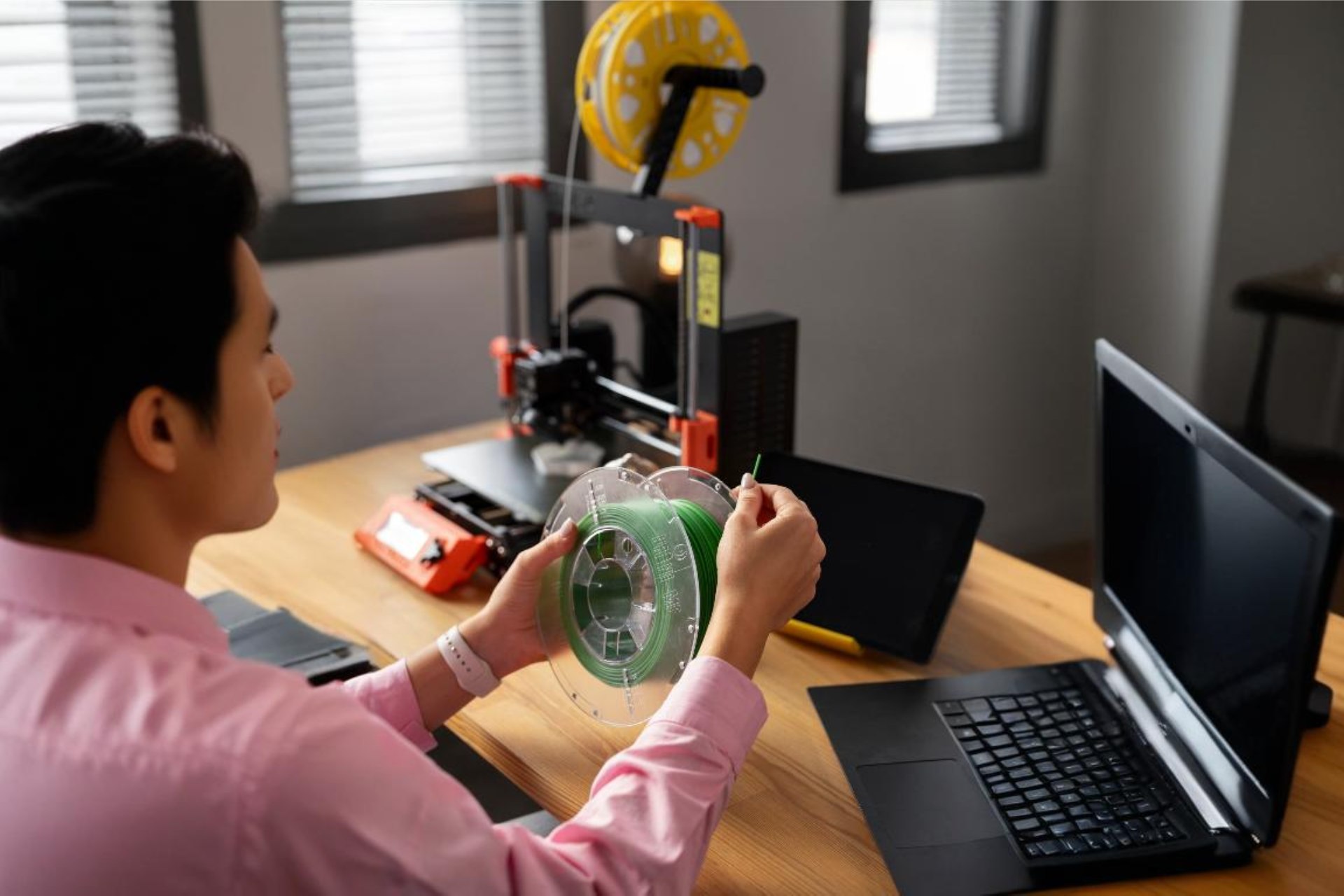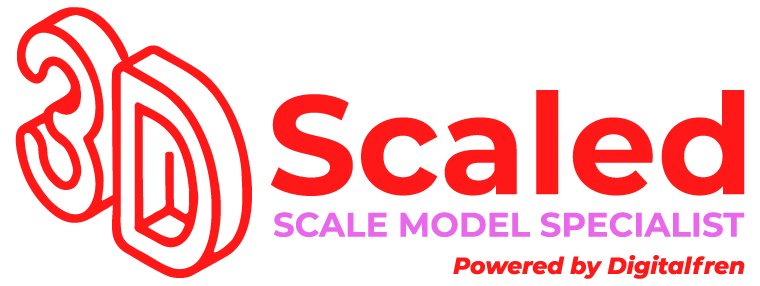A Comprehensive Guide to Essential 3D Printing Materials

At Scale Model 3D Printing, we’ve helped thousands of guests navigate these choices, from engineers casting detailed models to masterminds developing functional prototypes. This comprehensive companion draws from our real-world experience to help you make informed opinions about accoutrements. If you’re looking for a trusted 3D Printing Service In Malaysia, this guide will help you identify the right material for your needs.
Table of Contents:
-
-
- Understanding 3D Printing Technologies
- Crucial Technology Comparisons
- PLA: The Versatile Standard
- PETG: The Durable Middle Ground
- ABS: Engineering-Grade Performance
- Resin: Premium Detail and Finish
- Making Your Choice: A Step-by-Step Decision Companion
- Conclusion: Making Your Final Decision
- Getting Started with Scale Model 3D Printing
-
Understanding 3D Printing Technologies
Two primary technologies dominate the 3D printing geography: FDM and resin printing. Each serves distinct requirements, and understanding their differences is your first step toward successful prints. FDM technology, which builds objects subcaste by subcaste with melted plastic, offers versatility and cost-effectiveness for utmost systems. We’ve seen engineers use FDM considerably for iterative design models, while engineering enterprises calculate on it for functional prototypes. Resin printing, however more technical, delivers exceptional detail for lower objects. Jewelry contrivers and dental professionals particularly value this technology for its capability to capture intricate details and produce smooth shells without visible subcaste lines. If you need high precision, 3D Printing In Malaysia has excellent resin-based solutions.Crucial Technology Comparisons
FDM Benefits
- • Cost-effective for larger models
- • Wider material selection
- • Easier post-processing
- • More for functional corridor
- • Faster product time
Resin Benefits
- • Ultra-fine detail capability
- • Smooth face finish
- • Professional appearance
- • Perfect for small, intricate corridor
- • Excellent for medical/dental models
PLA: The Versatile Standard
Printing Specifications
- • Publish temperature: 190-220 °C
- • Bed temperature: 50-60 °C
- • Subcaste height: 0.1-0.3 mm
- • Minimal wall consistence: 2 mm
Real-World Applications
- • Architectural establishment creating development donation models
- • Product developer repeating through prototypes
- • Education institute printing learning aids
- • Artist creating exhibition pieces
- • Maker developing custom contrivance jackets
PLA has earned its place as our most requested material through harmonious performance and versatility. Original armature enterprises regularly use it for customer donations, while product contrivers depend on it for rapid-fire prototyping. One of our guests, a toy developer in 3D printing company uses PLA simply for their prototype series due to its excellent detail reduplication and cost-effectiveness.
PETG: The Durable Middle Ground
PETG islands the gap between introductory printing and professional-grade results. A local signage company switched from PLA to PETG for their outdoor displays after passing continuity issues. Another success story comes from a food packaging manufacturer in 3D Printing Service Malaysia who uses PETG for prototype holders due to its food-safe parcels and water resistance.Printing Specifications
- • Publish temperature: 230-240 °C
- • Bed temperature: 70 °C
- • Subcaste height: 0.1-0.3 mm
- • Minimal wall consistence: 2 mm
Practical Applications
- • Outdoor sign company creating weather-resistant displays
- • Food vessel manufacturer prototyping new designs
- • Machine shop producing custom tool holders
- • Aquarium sucker making custom filter factors
- • Small business creating point-of-trade displays
ABS: Engineering-Grade Performance
When a local automotive parts manufacturer demanded to prototype custom factors, ABS proved invaluable due to its heat resistance and continuity. Similarly, an industrial outfit manufacturer in 3D printing service relies on ABS for producing wiles and institutions that repel shop bottom conditions.Printing Specifications
- • Publish temperature: 250-270 °C
- • Bed temperature: 100 °C
- • Subcaste height: 0.1-0.3 mm
- • Minimal wall consistence: 2 mm
- • Quadrangle needed
Practical Examples
- • Automotive factory creating custom dashboard factors
- • Manufacturing installation printing product line tools
- • Electronics company making durable enclosures
- • Industrial developer prototyping heat-resistant corridor
- • Robotics team building competition-ready factors
Resin: Premium Detail and Finish
A local jewelry developer revolutionized their prototyping process using our resin printing service, reducing time-to-market for new designs by 60%. Dental laboratories particularly value resin printing for its delicacy in producing surgical attendants and models. If you seek perfection, 3D printing company offers unparalleled resin solutions.Real-World Examples
- • Jeweler prototyping intricate designs
- • Dental lab producing surgical attendants
- • Atomic artist creating detailed statuettes
- • Museum reproducing historical artifacts
- • Medical installation printing anatomical models
Making Your Choice: A Step-by-Step Decision Companion
1. Define Your Project Conditions- • What’s the end use of your part?
- • Will it be exposed to heat or sun?
- • Does it need to be strong or flexible?
- • How detailed does it need to be?
- • What’s your budget per part?
- • Inner use only? → Consider PLA
- • Outdoor exposure? → Look at PETG or ASA
- • High temperatures? → ABS might be necessary
- • Water contact? → PETG or resin
- • UV exposure? → ASA or treated PETG
- • Display only → PLA is sufficient
- • Light functional use → PLA works well
- • Mechanical stress → Consider PETG or ABS
- • Impact resistance demanded → ABS or PETG
- • Flexibility needed → Look at TPU options
- • Basic models → Standard PLA works fine
- • Donation models → High-quality PLA or resin
- • Fine detail demanded → Resin is stylish
- • Functional prototypes → PLA or PETG
- • Engineering corridor → ABS or PETG
- • Smallest cost → PLA
- • Mid-range continuity → PETG
- • High performance → ABS
- • Maximum detail → Resin
- • Quick reversal → PLA
- • Medium product → PETG/ABS
- • High detail, longer stay → Resin
- • Large amounts → Consider material bulk pricing
Conclusion: Making Your Final Decision
Choosing the right 3D printing material might feel complex, but it doesn’t have to be. Whether you’re searching for a reliable 3D Printing Company In Malaysia or exploring innovative solutions, understanding the trade-offs is essential for success.Understanding Trade-Offs
Cost vs. Performance
- • Advanced cost doesn’t always mean better results
- • Consider the total cost, including potential reprints
- • Factor in post-processing time and effort
- • Think about long-term durability needs
Speed vs. Quality
- • Faster prints might mean visible subcaste lines
- • Advanced quality frequently requires longer print times
- • Some accoutrements bear slower printing pets
- • Post-processing can affect final timeline
Final Tips for Success
1. Start Small
- • Begin with a test print if possible
- • Validate material properties for your use case
- • Check tolerance and fit if applicable
- • Assess surface finish conditions
2. Plan for the Future
- • Consider ordering extra for potential reserves
- • Think about long-term maintenance
- • Factor in environmental aging
- • Account for potential design duplications
Getting Started with Scale Model 3D Printing
We’re here to help you succeed with your 3D printing design. Take advantage of our expertise and make the most of 3D Printing In Malaysia. How We Can Help- • Free material discussion
- • Expert advice on design optimization
- • Post-processing recommendations
- • Quality assurance checks
Next Steps
1. Contact Our Team
- • Share your design conditions
- • Get specific material recommendations
- • Discuss timeline and budget
- • Review analogous case studies
2. Prepare Your Files
- • Review design guidelines
- • Check wall density
- • Optimize for chosen material
- • Consider support structures
Join us for exceptional scale model 3D printing and beyond. Collaborate with a trusted 3D Printing Company in Malaysia for innovative solutions
